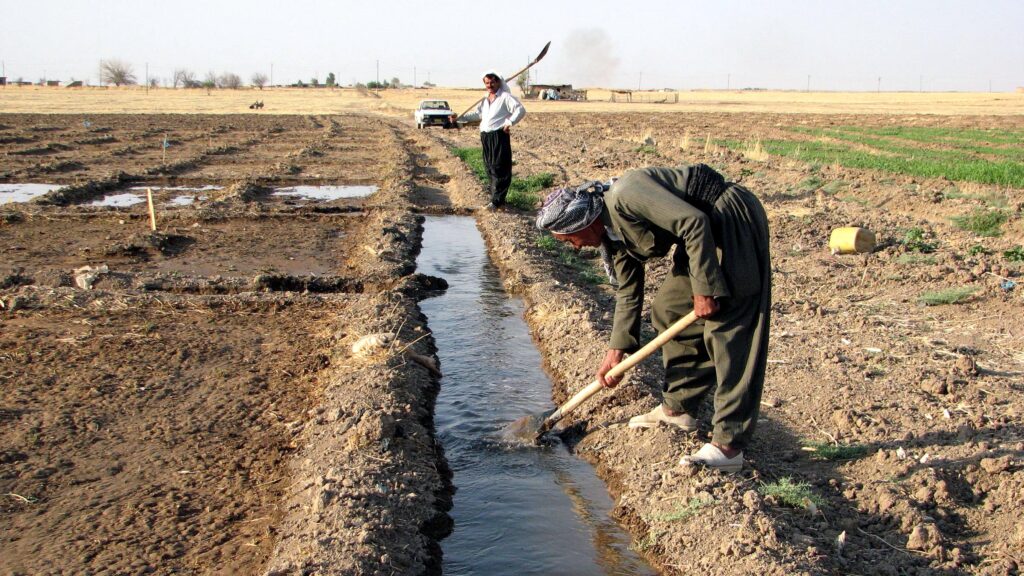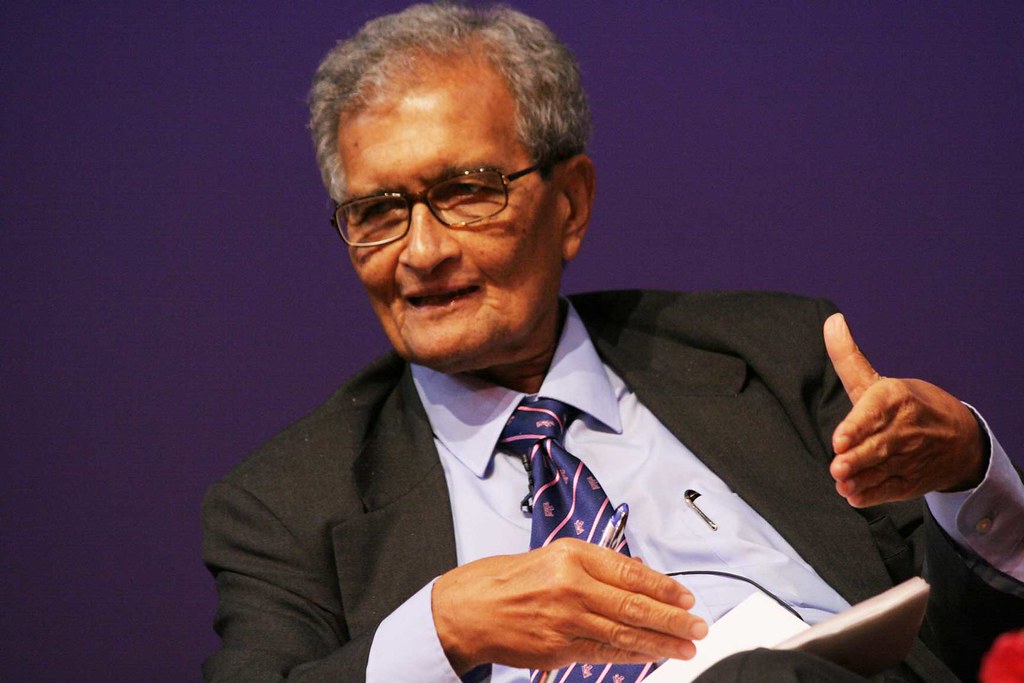
In India, we the people, as consumers and as producers, have had a tenuous relationship with food. Famines are such an intrinsic part of our nation’s history that our very own Amartya Sen has said that the Bengal famine of 1943 has had a deep everlasting impact on his views as an economist and as a citizen fighting for justice for all. And yet we have come a long way from the era of ship-to-mouth, where agriculture was producing such meager outputs that we were importing basic food grains to feed the nation when our very own grandparents were advised to skip meals to stave off starvation. Despite the manifold ecological catastrophe that the green revolution has wreaked in India, at the time when famines and over-dependence on the monsoon meant not enough food, this came as a godsend; and the success of the green revolution meant that we could see surplus which could now be exported.

Source- flickr
An economist would say that the present-day capitalist world functions on mutually beneficial transactions, where the producers aim for profit maximization and the consumers aim for utility maximization. This same understanding carries forward onto the international trade theories, from Ricardo to Ohlin, who say cost reduction is the foundation on which international trade functions, this led to the creation of global value chains that spread out the production process around the world to reduce cost. Global value chains in their simplest sense connect producers to consumers around the world. At each point in the global chain, value is added; trade in agriculture and food products means that the processed food we get or the clothes we wear come to us after a prolonged interdependent process of transformation that transcends borders; when we start to look at goods from this point of view, a loaf of bread or a cup of coffee ceases to be simple products.

Our farmers are very much a part of this global value chain, but what part of the world trade pie they gain as returns is dishearteningly small. When the colonial powers overtook control of our nation, it was clear as day to see where the Indian farmers ranked in the global value chain; we were the suppliers of cheap raw materials, the cash cow meant to be drained to fund the industrialization of the west. But today in the era of fast-paced globalization, where the world leaders wax poetic about the benefits of globalization and free trade, understanding where our farmers rank in the global value chain is murky at times. From a purely statistical point of view, our agricultural sector employs 58 percent of the population but contributes to only 17 percent of the gross value added to the Indian economy, with nearly 85 percent of the farmers being small landowners, that is they own less than two hectares of land. The small farmers are indeed efficient in production, but their returns are very low. There is near-perfect competition for agricultural primary goods in the international markets, where the sellers grossly outnumber the buyers, keeping the prices of primary goods forever depressed. Thus it is the buyers of these products who capture the highest value. Take for example a cup of coffee that we pay Rs 200 for, as per the July 2019 report of the Financial Times, a farmer gets less than a rupee for this. From the growers, the beans move through the middlemen, traders, and exporters to then reach the roasters, like Nestle, who are the biggest beneficiaries of the coffee trade.

It is undeniable that the Indian agricultural sector is in crisis, whether it is the agrarian crisis or the agricultural crisis as described by Srijit Mishra and Kaushiki Singh. (Scale neutrality in agriculture). Where the agrarian crises are the higher incidence of food insecurity and India’s falling rank in the hunger index, which even after the controversy of the methodological inconsistency is alarming, the falling income of the farmers which leads to the expenditure being higher, falling profits and continuing farmers’ suicides. While the agricultural crisis deals with the credit-debt issue among the small and medium farmers, lower growth in agricultural production, the widening gap between agricultural and non-agricultural sectors, etc. this coupled with the depressed prices for primary goods mean that Indian farmers struggle to survive on unlivable incomes. The fiercest supporters of free trade and globalization go even as far as to argue that poverty can be reduced by simply investing in agriculture, more than by food security schemes or farmer support programs. But the reality is that even when there is agricultural growth poverty is not reduced. In this reality of gross inequality, it is unfair that the developed countries and international organizations demand a reduction in subsidies and support programs given to farmers. Today farmers in India are critical participants in the global value chain, but the sparse remuneration that they get is detrimental to their survival, which in turn is detrimental to the development of the nation.
Induja Thampi
Induja Thampi completed her undergraduate degree in economics from Lady Shri Ram College and is currently doing her post graduation from Central University of Tamil Nadu. She loves to read and believes in humanity's ability to right its wrongdoings. With a pen in hand and a few trusty books at her desk she tries to go about doing just that, wherever injustice prevails.


I was suggested this website by my cousin. I’m not sure whether this post is written by him as nobody else know such detailed about my difficulty.
You are wonderful! Thanks!